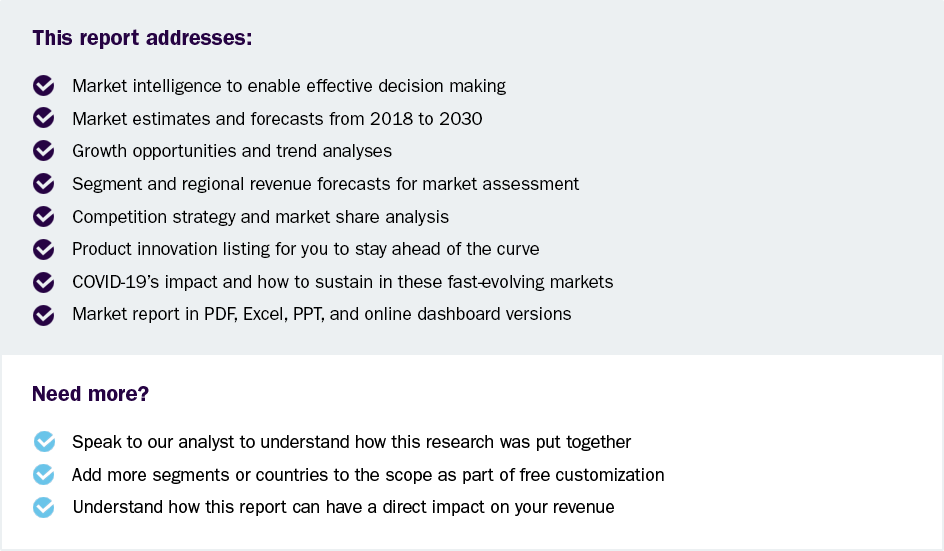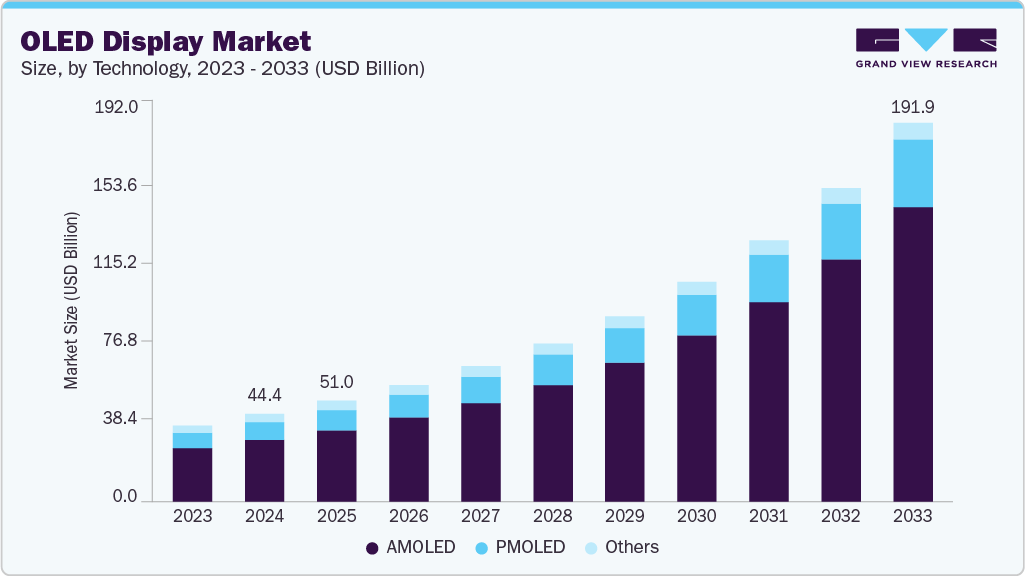- Home
- »
- Next Generation Technologies
- »
-
Space-based Solar Power Market Size, Industry Report 2030GVR Report cover
![Space-based Solar Power Market Size, Share & Trends Report]()
Space-based Solar Power Market (2025 - 2030) Size, Share & Trends Analysis Report By Satellite Type (Microwave Transmitting Solar Satellite, Laser Transmitting Solar Satellite), By Application (Electricity Generation, Space Applications), By Region, And Segment Forecasts
- Report ID: GVR-4-68040-101-2
- Number of Report Pages: 100
- Format: PDF
- Historical Range: 2018 - 2023
- Forecast Period: 2025 - 2030
- Industry: Technology
- Report Summary
- Table of Contents
- Segmentation
- Methodology
- Download FREE Sample
-
Download Sample Report
Space-based Solar Power Market Summary
The global space-based solar power market size was estimated at USD 634.9 million in 2024 and is projected to reach USD 1.05 billion by 2030, growing at a CAGR of 8.5% from 2025 to 2030. Space-based solar power involves extracting solar energy in space using solar power satellites and transmitting it to receiving stations on Earth.
Market Size & Trends:
- North America space-based solar power market dominated the global industry and accounted for a 41.4% share in 2024.
- The space-based solar power market in the U.S. is expected to grow at a significant CAGR over the forecast period.
- By satellite type, the microwave segment accounted for the highest revenue share of 71.5% in 2024.
- By application, the electricity generation segment accounted for the largest share of 73.9% in 2024.
Key Market Statistics:
- 2024 Market Size: $634.9 Million
- 2030 Estimated Market Size: $1.05 Billion
- CAGR: 8.5% (2025-2030)
- North America: Largest market in 2024
- Asia Pacific: Fastest growing region
The energy collected from space can be utilized for various purposes, including electricity generation and powering space infrastructure. It plays a crucial role in powering space vehicles, satellites, rovers, and other space infrastructures. By utilizing solar energy from space, these systems can operate for extended durations without frequent refueling or relying on limited onboard energy sources.
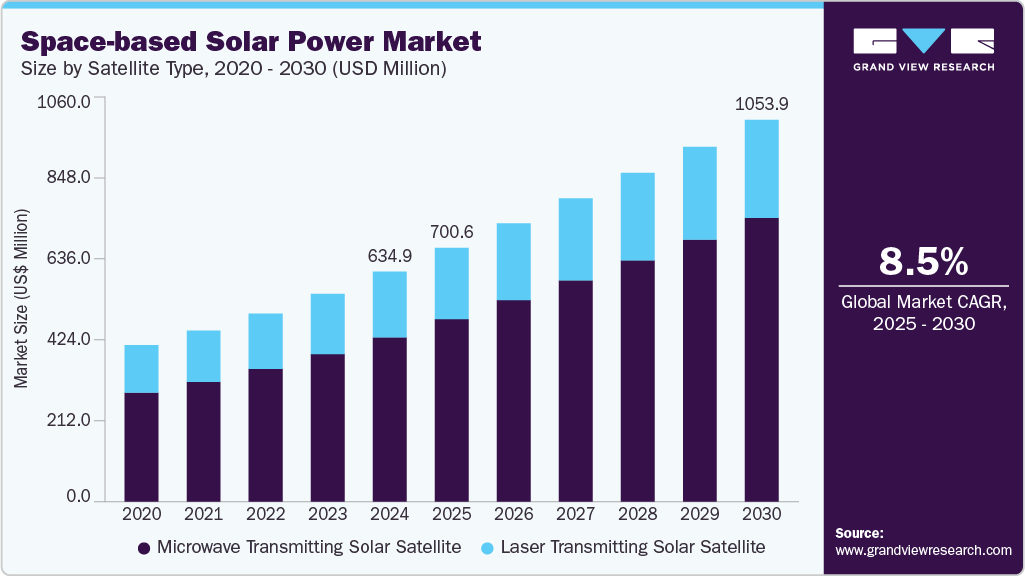
The development of reusable rockets, such as SpaceX's Falcon 9, has significantly lowered the expense of launching equipment into space. By landing and refurbishing rockets for future launches, the expenses associated with accessing space have been reduced, making it more economically viable to deploy and maintain space-based solar power infrastructure. The use of robotics and automation in space missions has also played a crucial role in reducing costs and increasing operational efficiency. Robotic systems can perform maintenance and repair tasks on space-based infrastructure, minimizing the need for human intervention and associated costs.
Automation helps streamline operations, improve reliability, and potentially lower the overall expenses of space-based solar power systems. These advancements in space technology, along with the growing demand for sustainable and clean energy solutions, are driving the interest and potential market expansion of space-based solar power. As the global focus on sustainable technologies intensifies, space-based solar power systems present an attractive option for meeting energy needs while reducing reliance on fossil fuels and minimizing environmental impact.
Satellite Type Insights
The microwave segment accounted for the highest revenue share of 71.5% in 2024. Microwave transmitting solar satellites can be positioned in specific orbits that deliver stable and predictable positions relative to the Earth's surface. This allows for consistent and efficient solar energy capture without being impacted by atmospheric conditions or the Earth's rotation, ensuring a steady power supply. As the demand for renewable energy grows, several countries are seeking new power sources beyond Earth. For instance, in January 2023, Japan planned to launch solar panels into orbit and transmit the generated electricity to the ground using microwave beams. The UK and China have previously expressed interest in developing such a technology, and Japan is the latest to jump on board.
The laser transmitting solar satellite segment is expected to register a CAGR of 6.6% from 2025 to 2030. Laser transmitting solar satellites supply power to satellites during periods of the eclipse when they are not directly exposed to sunlight. These satellites can also be employed to supply power to orbital transfer vehicles during their tasks. By beaming power from space, laser transmitting solar satellites assist in fulfilling the energy needs of these vehicles, reducing the dependence on onboard energy sources.
Application Insights
The electricity generation segment accounted for the largest revenue share in 2024. Space-based solar power systems can capture solar energy directly in space without the limitations posed by weather conditions or the Earth's rotation. This provides a virtually unlimited and constant solar energy source, enabling continuous electricity generation. Furthermore, it can supply power to spacecraft and satellites, ensuring their operations and reducing the need for onboard fuel or limited energy storage. This enables longer missions, extended capabilities, and enhanced functionality for space-based technologies. For instance, in January 2023, the California Institute of Technology, a private research university in Pasadena, California, announced the launch of the Space Solar Power Demonstrator (SSPD) into orbit. By wirelessly transmitting electricity over long distances, the project aims to provide power to areas that currently lack reliable access to electricity.

The space applications segment is projected to grow significantly over the forecast period. Space-based solar power can provide a continuous and reliable power source for satellites in space. Satellites require electricity to operate their systems, including communication, navigation, data collection, and scientific instruments. Space-based solar power systems ensure an uninterrupted power supply, reducing the reliance on onboard batteries or limited energy sources. Furthermore, these systems power various space infrastructures, including space habitats, stations, and research facilities. These structures need a reliable and constant energy source for communication, life support systems, experiments, and other activities. Space-based solar power can provide the necessary power for sustained space processes.
Regional Insights
North America space-based solar power market dominated the global industry and accounted for a 41.4% share in 2024. The North American market is driven by increasing demand for clean energy, substantial government investments, and rapid technological advancements. Innovations in solar panel efficiency, power conversion, and wireless power transmission are enhancing the possibility and cost-effectiveness of SBSP systems. These developments position the region at the forefront of delivering sustainable energy solutions from space.

U.S. Space-based Solar Power Market Trends
The space-based solar power market in the U.S. is expected to grow over the forecast period. Players are actively involved in developing space-based solar power technology. The moneymaking presence of key players in the U.S. is donating to the space-based solar power market development in the region. Additionally, the government in the region offers funds for research activities, identifying the prospect of space-based solar power technology as a source of clean, renewable energy.
Europe Space-based Solar Power Market Trends
The space-based solar power market in Europe is driven by the rising need for clean and sustainable energy to achieve strict renewable energy goals and cut carbon emissions. Progress in solar panel efficiency, wireless energy transmission, and power conversion technologies is making SBSP more feasible and commercially attractive. Moreover, Europe's strong focus on innovation, energy independence, and decreasing reliance on fossil fuels is further accelerating market development. For instance, a government initiative known as ‘Solaris’ aims to evaluate the technical, political, and strategic feasibility of Space-Based Solar Power, paving the way for a potential full-scale development decision in 2025 to support clean energy on Earth.
Asia Pacific space-based solar power AI market trends
The space-based solar power market in the Asia-Pacific region is experiencing rapid growth due to the increased investment and R&D in space-based solar power and the presence of a large customer base in the region. Furthermore, India and China have emerged as significant space missions and solar power generation hubs, driving the Asia-Pacific space-based solar power market forward. Furthermore, an increase in knowledge of solar energy and its advantages in harvesting solar power from space rather than earth-based solar power will likely boost market expansion in Asia-Pacific during the forecast period.
Key Space-based Solar Power Market Company Insights
Key players operating in the space-based solar power market are undertaking various initiatives to strengthen their presence and increase the reach of their products and services. Strategies such as expansion activities and partnerships are key in propelling the market growth.
Key Space-based Solar Power Companies:
The following are the leading companies in the space-based solar power market. These companies collectively hold the largest market share and dictate industry trends.
- AZUR SPACE Solar Power GmbH
- Fralock LLC
- Japan Aerospace Exploration Agency
- Northrop Grumman
- Solaren Corporation
- SpaceTech GmbH
- Airbus
- OHB SE
- Canada's Space Innovators
- DHV Technology
Recent Developments
-
In February 2025, Pixxel and DHV Technology successfully deployed DHV’s advanced solar panels on Pixxel’s Firefly satellites, a significant step in building Pixxel’s hyperspectral Earth observation constellation. The partnership showcases DHV’s proficiency in space power systems and Pixxel’s dedication to pioneering next-gen satellite technology, with additional Firefly satellites set to launch in 2025.
-
In September 2024, MDA Space has chosen Airbus to supply more than 200 Sparkwing solar arrays for its AURORA satellite line, which supports Telesat’s Lightspeed LEO constellation. Produced at Airbus’ Leiden site, these cutting-edge solar arrays offer scalable, high-performance power solutions designed for modern satellite constellations, helping to improve global connectivity.
Space-based Solar Power Market Report Scope
Report Attribute
Details
Market size value in 2025
USD 700.6 million
Revenue forecast in 2030
USD 1.05 billion
Growth rate
CAGR of 8.5% from 2025 to 2030
Base year for estimation
2024
Historical data
2018 - 2023
Forecast period
2025 - 2030
Quantitative units
Revenue in USD million/billion, and CAGR from 2025 to 2030
Report coverage
Revenue forecast, company ranking, competitive landscape, growth factors, and trends
Segments covered
Satellite type, application, region
Regional scope
North America; Europe; Asia Pacific; Latin America; MEA
Country scope
U.S.; Canada; Mexico; UK; Germany; France; China; Japan; India; South Korea; Australia; Brazil; KSA; UAE; South Africa
Key companies profiled
AZUR SPACE Solar Power GmbH; Fralock LLC; Japan Aerospace Exploration Agency; Northrop Grumman; Solaren Corporation; SpaceTech GmbH; Airbus; OHB SE; Canada's Space Innovators; DHV Technology
Customization scope
Free report customization (equivalent up to 8 analysts working days) with purchase. Addition or alteration to country, regional & segment scope.
Pricing and purchase options
Avail customized purchase options to meet your exact research needs. Explore purchase options
Global Space-based Solar Power Market Report Segmentation
This report forecasts revenue growth at the global, regional, and country levels and provides an analysis of the latest industry trends in each of the sub-segments from 2018 to 2030. For this study, Grand View Research has segmented the global space-based solar power market report based on satellite type, applications, and regions.
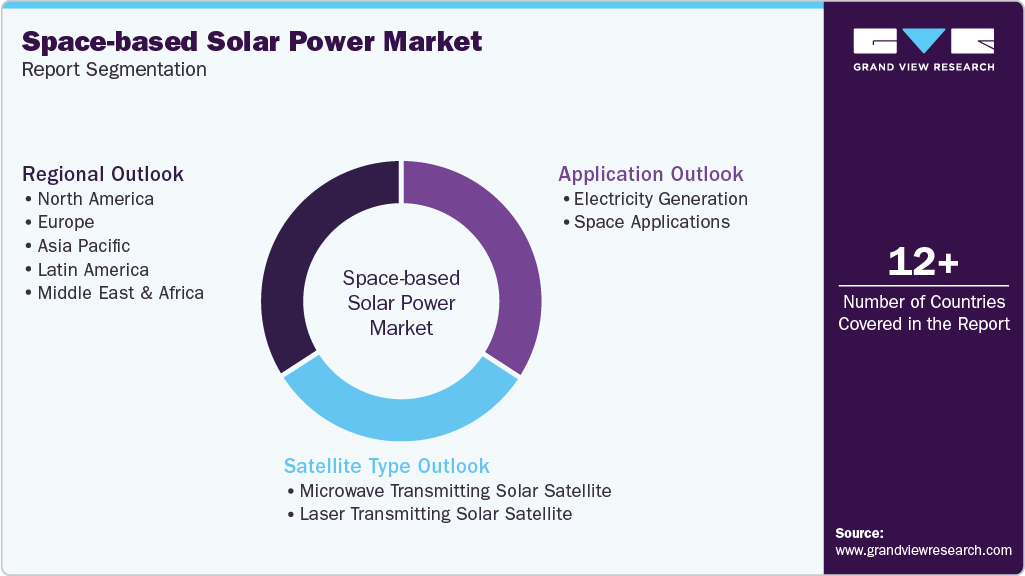
-
Satellite Type Outlook (Revenue, USD Million, 2018 - 2030)
-
Microwave transmitting solar satellite
-
Laser transmitting solar satellite
-
-
Application Outlook (Revenue, USD Million, 2018 - 2030)
-
Electricity generation
-
Space applications
-
-
Regional Outlook (Revenue, USD Million, 2018 - 2030)
-
North America
-
U.S.
-
Canada
-
Mexico
-
-
Europe
-
UK
-
Germany
-
France
-
-
Asia Pacific
-
China
-
Japan
-
India
-
South Korea
-
Australia
-
-
Latin America
-
Brazil
-
-
Middle East and Africa (MEA)
-
KSA
-
UAE
-
South Africa
-
-
Share this report with your colleague or friend.
Need a Tailored Report?
Customize this report to your needs — add regions, segments, or data points, with 20% free customization.
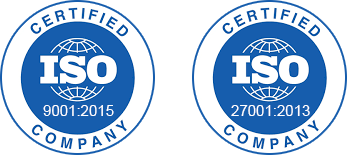
ISO 9001:2015 & 27001:2022 Certified
We are GDPR and CCPA compliant! Your transaction & personal information is safe and secure. For more details, please read our privacy policy.
Trusted market insights - try a free sample
See how our reports are structured and why industry leaders rely on Grand View Research. Get a free sample or ask us to tailor this report to your needs.







